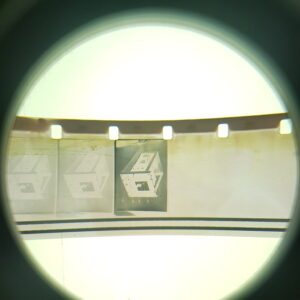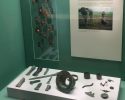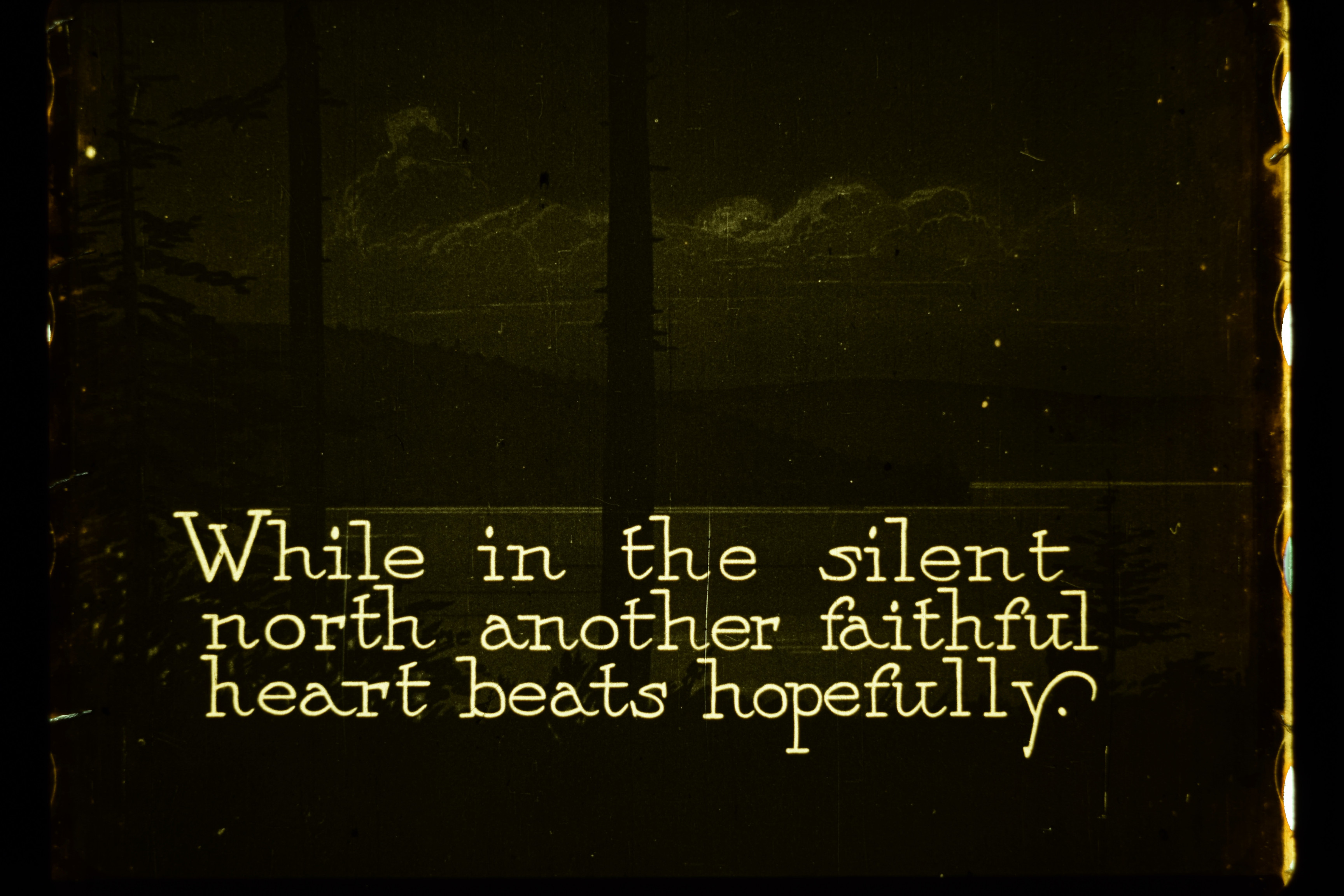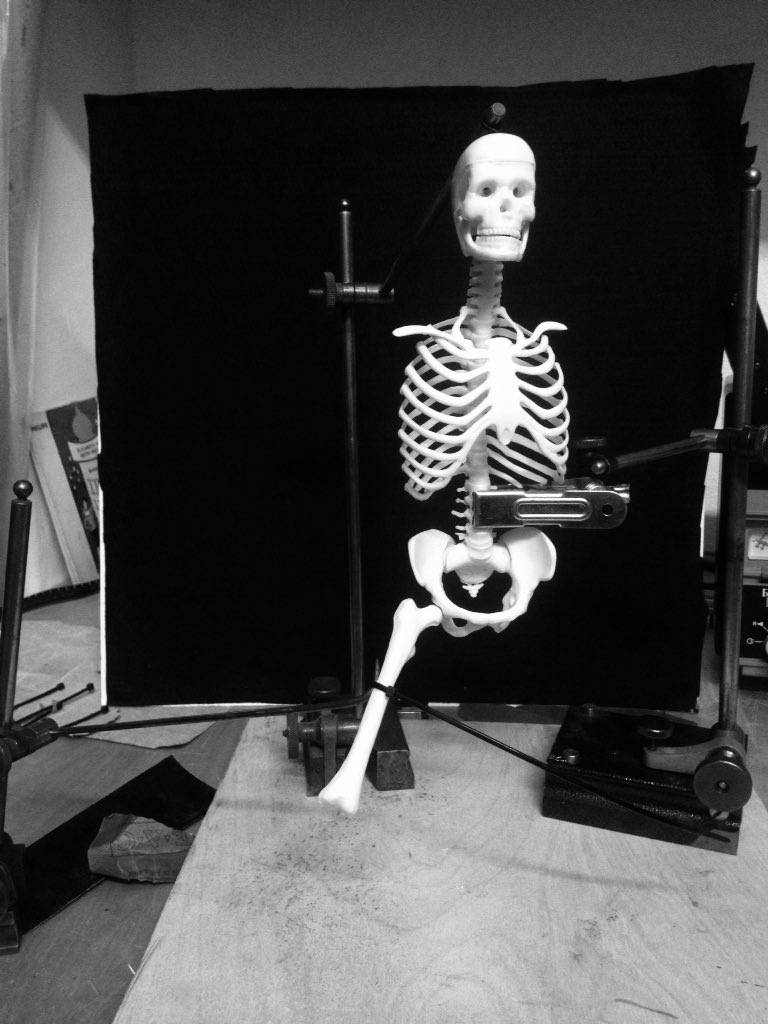In the video tests in an earlier post you can see high speed video of a projected 35mm image using a single aperture blade on a Kinoton. After analysing the video its possible to say with some certainty that the RATIO of light to dark is 3:2 respectively. So there are 3 units (or steps, …
Continue Reading...
I’m considering which database to use. I quite like Card Box 3.1 for windows, because it seems ancient and thus low impact, and possibly even reliable. https://www.cardbox.com/ heres a framegrab from sample database …
Continue Reading...
Dave at Geneva Stop lent me this morse tank. It loads 196 feet!! of 16 or 35mm, but dev times are longer. There is not much data out there on times other than 4x the usual 5 mins (generalising). Its easier to load and use than a Lomo. Also, it occured to me that it would be relatively straight forwards …
Continue Reading...
For some of my MASTERS practical projects I have decided to shoot frames of film negative on an Olympus PEN. This camera shoots half frame, which is exactly the same size as a 35mm motion picture frame, ie 4 perf. I will shoot on XP2 and PAN F. Then once developed, I will hold each frame in the gate of …
Continue Reading...
Heres some tests done using a high speed casio video camera aimed at the screen whilst projecting some 35mm. The Kinoton used has a 180 degree blade so we need to get the data about how many ‘pulses’ per frame you get with this blade config. What we will see is a pulsing of image and black. Once we know …
Continue Reading...
Here’s little old me at the British Museum looking at the case with the Salisbury Hoard. On the left side you can see the miniature shields mounted and they are fantastic. One definitely thinks of badges and toys, talismans. But there is a most concrete sense that you are encountering a kind of ‘modeled reality’. This could be perhaps the …
Continue Reading...
Here is something that is really deepening itself into my thinking at the moment. I’m putting it up here because its a good way of making thinking visible in a documented and engagable way. Two words. Miniature Shields. This shield is over 2000 years old. From the picture you can see that it is only 100mm long. Is this in …
Continue Reading...
The purpose of these experiments is to regard the intrinsic opto-mechanical mode of presentation of motion picture film as if it was important to the overall ontological nature of ‘cinema’ which would include really the camera (also opto-mechnical) and various laboratory devices which affect the film in between. Regarding them as important enough to simulate their ‘effect’ as we transition …
Continue Reading...
FLICKER WARNING. THE CLIPS BELOW ARE STROBOSCOPIC AND FLICKER AT RATES THAT MAY DISTURB THOSE WHO SUFFER FROM PHOTOSENSITIVE EPILEPSY. When we view a digital version of a work of early cinema our experience is notably different from when it would have been (could be) seen opto-mechanically. Of course digital viewing systems, whether DVD and CRT screen, Blu-Ray and …
Continue Reading...
Can anyone identify this film? Just a few frame scans for some short lengths of nitrate film that were found at the Curzon Cinema in Clevedon. I’ll be doing all the rest of this clip and more over the coming months. I can’t hope to get accurate colour reproduction and these grabs are the best jpgs that the camera can …
Continue Reading...











